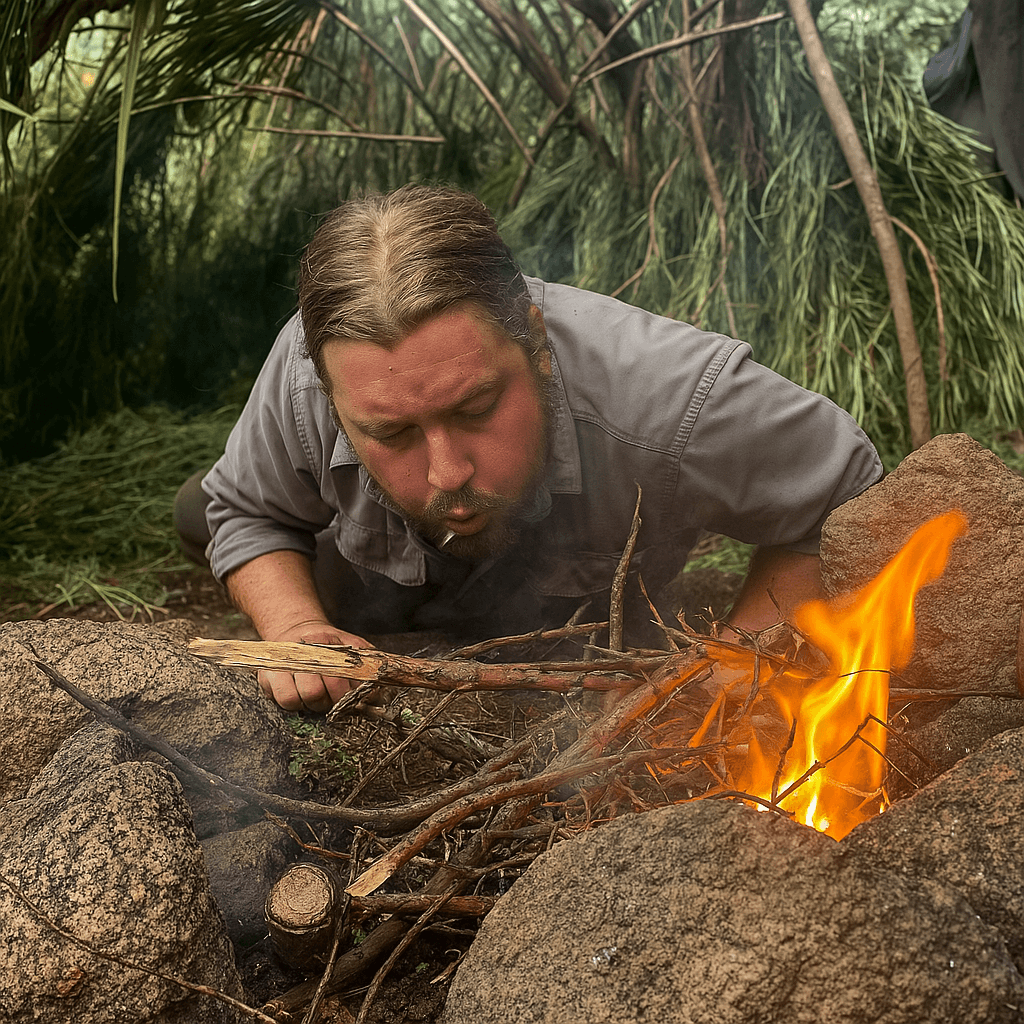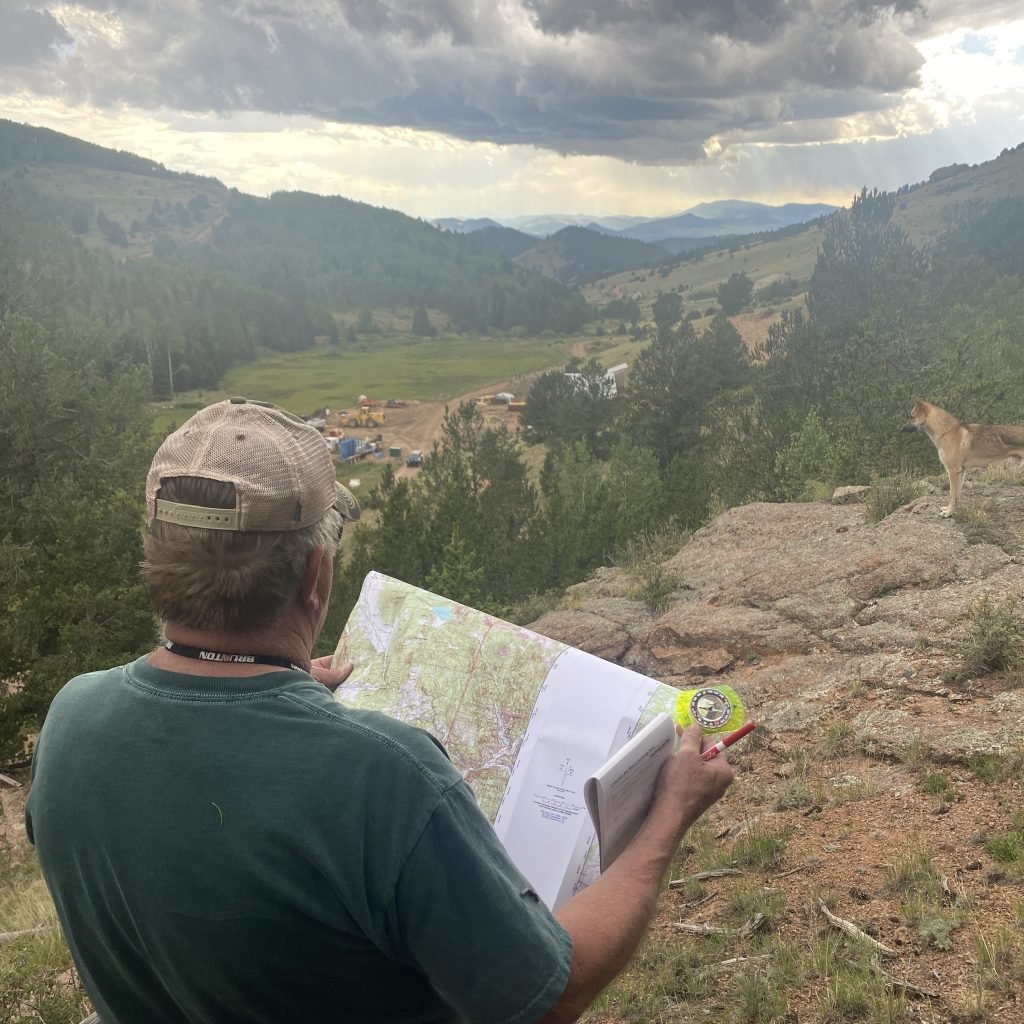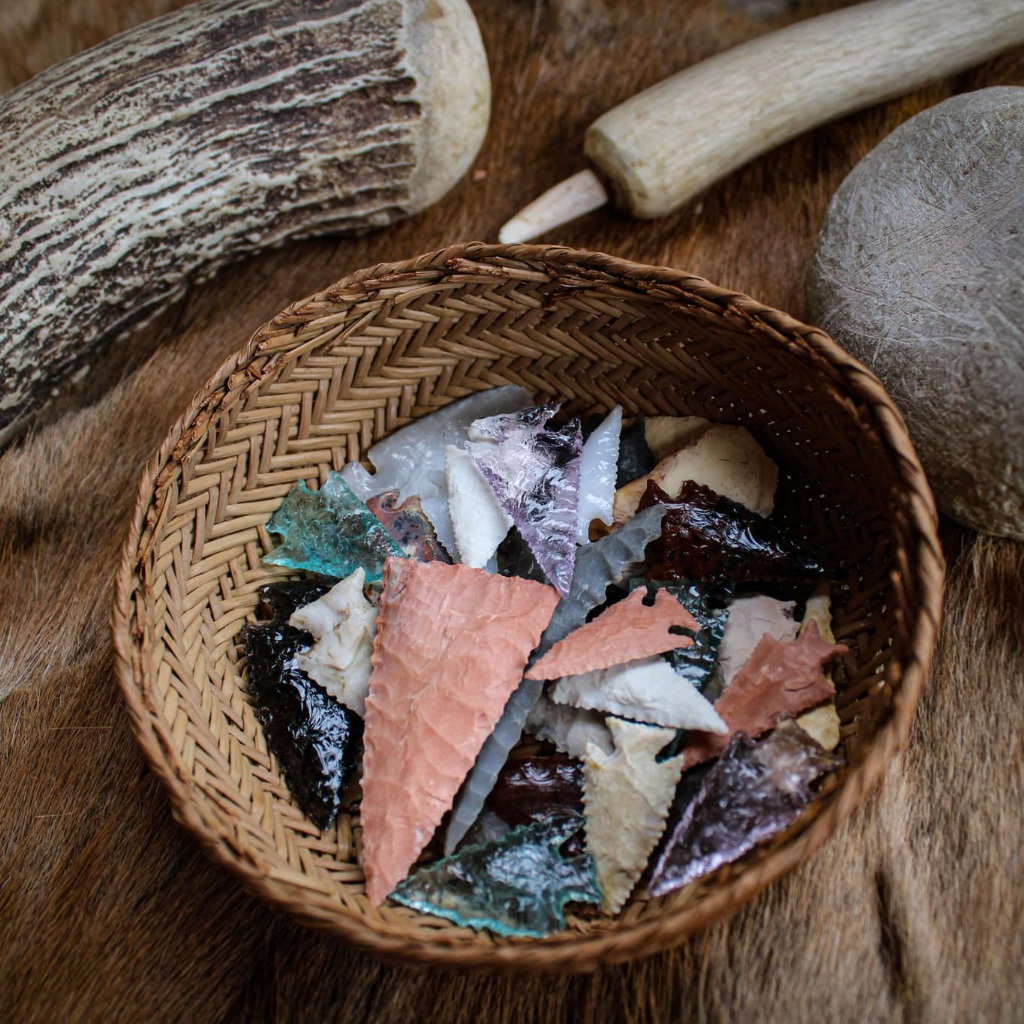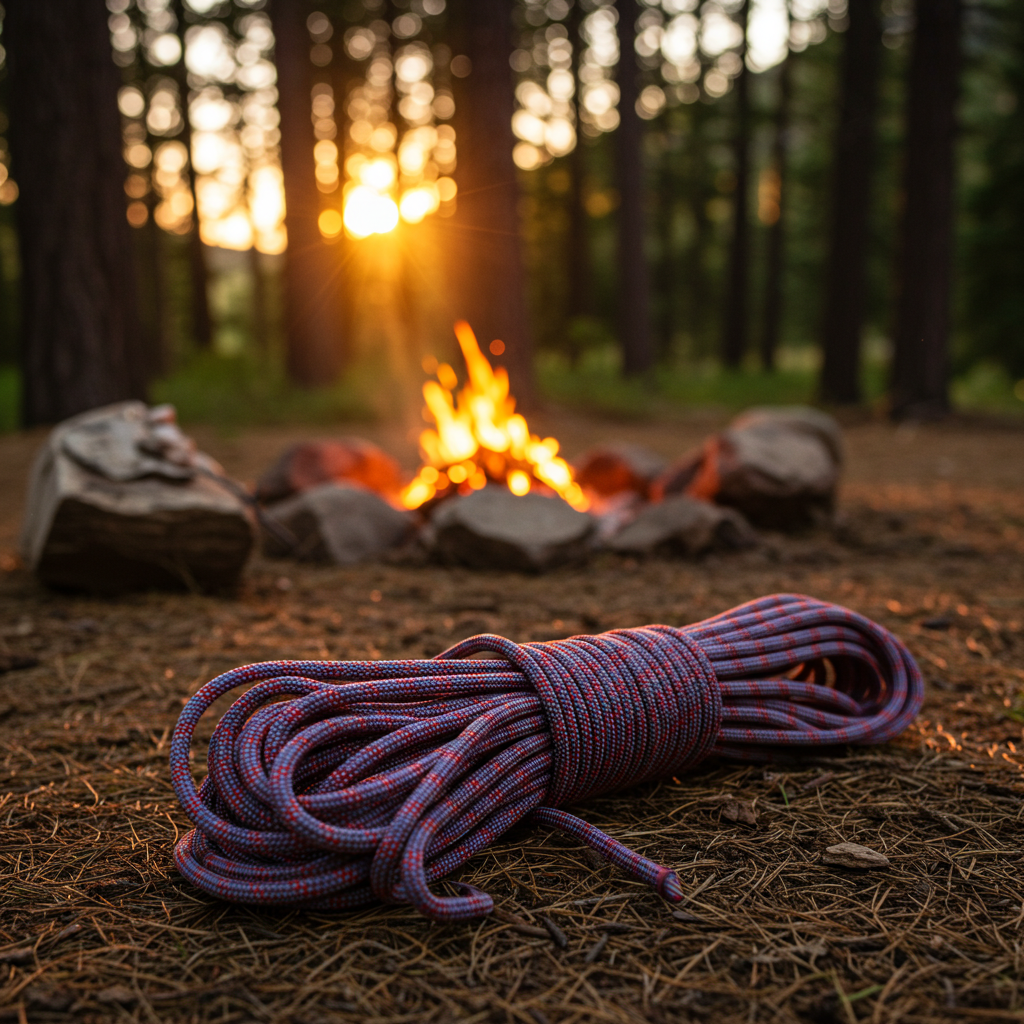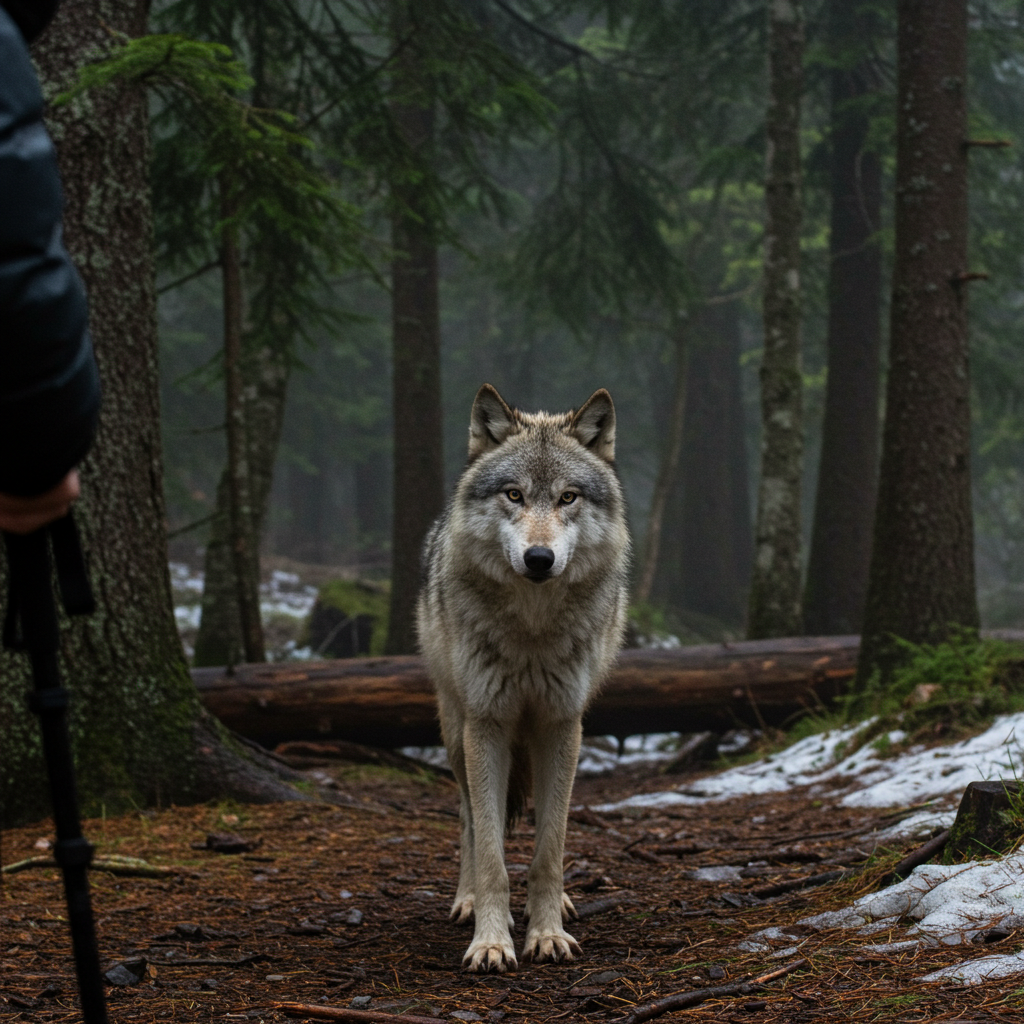Cart
17 min read
EAT THE WEEDS – GREAT MULLEIN
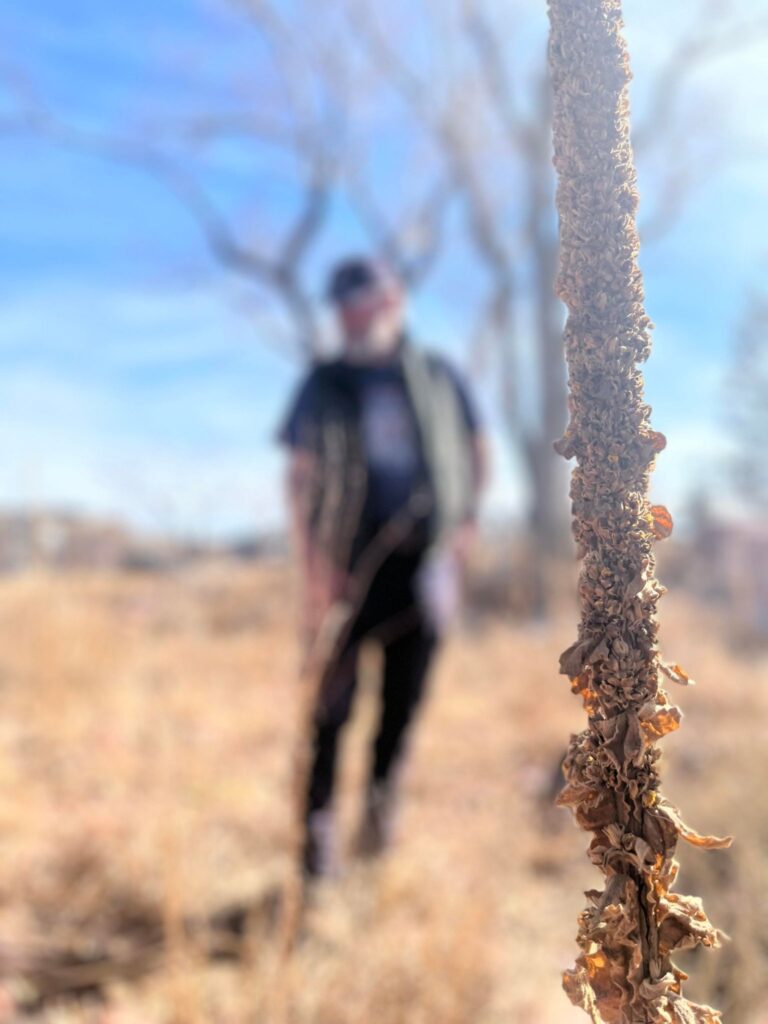
Great Mullein
Great mullein (Verbascum thapsus) is a biennial herbaceous plant that is native to Europe, Asia, and North Africa but has now become naturalized throughout much of the world. It is known by many names, including woolly mullein, Aaron’s rod, and flannel leaf as well as several other names that describe the softness of its leaves. As mentioned it is a biennial plant, which means it completes its life cycle over a period of two years. In the first year, the plant produces a rosette of large, woolly leaves that grow close to the ground. During the second year, the plant sends up a tall flowering stem, which can reach heights up to about 10 feet, with small yellow flowers arranged in a spike. After flowering and setting seed, the plant dies.
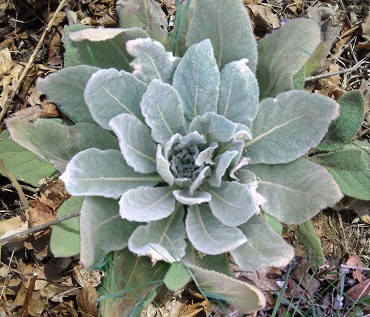
Appearance and Habitat
In its first year of growth, great mullein produces a basal rosette of large, grayish-green leaves. The leaves are oval-shaped, up to a foot long, and covered with a thick layer of soft, woolly hairs. The hairs help to protect the plant from excessive heat, cold, and moisture loss.
The rosette can grow around to 2 feet in diameter, and the leaves are arranged in a spiral pattern around the center of the plant. The leaves are slightly toothed along the edges and have prominent veins that run parallel to each other.
During the first year, great mullein does not produce a flower stalk. Instead, it focuses its energy on developing a strong root system and storing nutrients for the following year’s growth. The root system can grow quite deep, up to 6 feet, allowing the plant to access water and nutrients from deep in the soil.
In its second year, Great mullein can grow to 10 feet tall and has a thick, hairy stem with large, grayish-green leaves that can grow to a foot long or more. It has a distinctive appearance with a tall, straight stem and the leaves are large and woolly, often measuring up to a foot long, and are arranged in a basal rosette at the bottom of the stem. The plant produces a tall spike of yellow flowers, which bloom from June to September.
On occasion the stalk will branch out below the seed pods and resemble a trident and have many flowering stalks. The flowers are yellow and grow in dense clusters along the top of the stalk. The flowers are hermaphroditic, meaning they contain both male and female reproductive organs, and are pollinated by a variety of insects. Each flower has five petals and is about an inch wide.
Great mullein prefers dry, sunny areas and can be found in disturbed places, meadows, and along roadsides. It is a hardy plant that can grow in a variety of soils, including clay, loam, and sandy soils. It is commonly found in the temperate regions of North America, Europe, and Asia.
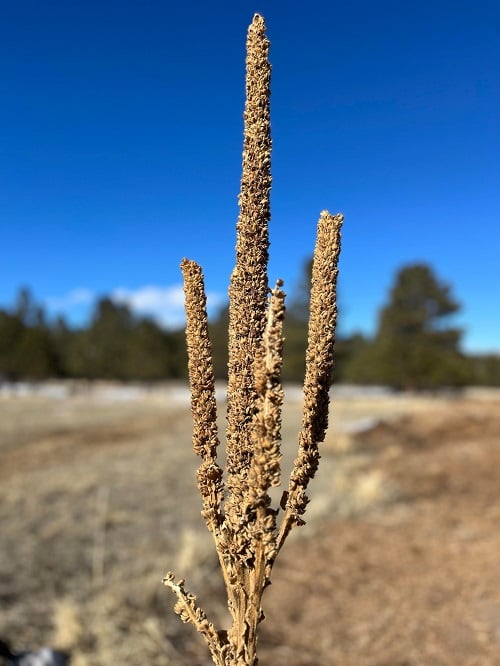
Traditional Uses
Great mullein has a long history of medicinal use and has been used for centuries to treat a variety of ailments. The leaves and flowers of the plant contain a variety of compounds, including saponins, mucilage, and flavonoids, which have medicinal properties.
One of the most common traditional uses of great mullein is as a remedy for respiratory ailments. The plant’s leaves and flowers have a soothing effect on the respiratory tract and have been used to treat conditions such as asthma, bronchitis, coughs and smoke inhalation. The leaves and flowers can be made into a tea or a tincture and are often combined with other herbs, such as coltsfoot, to create a respiratory tonic.
Great mullein has also been used topically to treat skin conditions such as burns, wounds, and eczema. The plant’s leaves and flowers contain a high concentration of mucilage, which is a thick, gelatinous substance that is thought to have a soothing effect on the skin. The leaves can be boiled and used to create a poultice or the flowers can be infused in oil to create a healing salve.
Other traditional uses of great mullein include its use as a diuretic, a sedative, and a treatment for ear infections. The seeds of the Great Mullein contain rotenone which is toxic. If you are using the mullein flowers, make sure there there are no seeds in the mix. It is a common mistake for people to think that Great Mullein seeds can be used as a fish poison. It is in fact Turkey Mullein that produces a seed that can be used for this purpose.
Modern Uses
While great mullein is still used as a natural remedy today, it is important to note that its medicinal uses have not been extensively studied in modern medicine. However, there is some evidence to suggest that the plant may have antimicrobial, anti-inflammatory, and analgesic properties.
One study published in the Journal of Ethnopharmacology found that extracts from the leaves and flowers of great mullein showed strong antimicrobial activity against a variety of bacteria, including Staphylococcus aureus and Escherichia coli. Another study published in the same journal found that great mullein may have anti-inflammatory properties and may be effective in treating conditions such as arthritis and inflammatory bowel disease.
Great mullein has also been studied for its potential use as a natural remedy for ear infections. A study published in the International Journal of Pediatric Otorhinolaryngology found that an herbal ear drop containing great mullein, garlic, and calendula was as effective as conventional ear drops in treating acute otitis media (ear infection) in children.
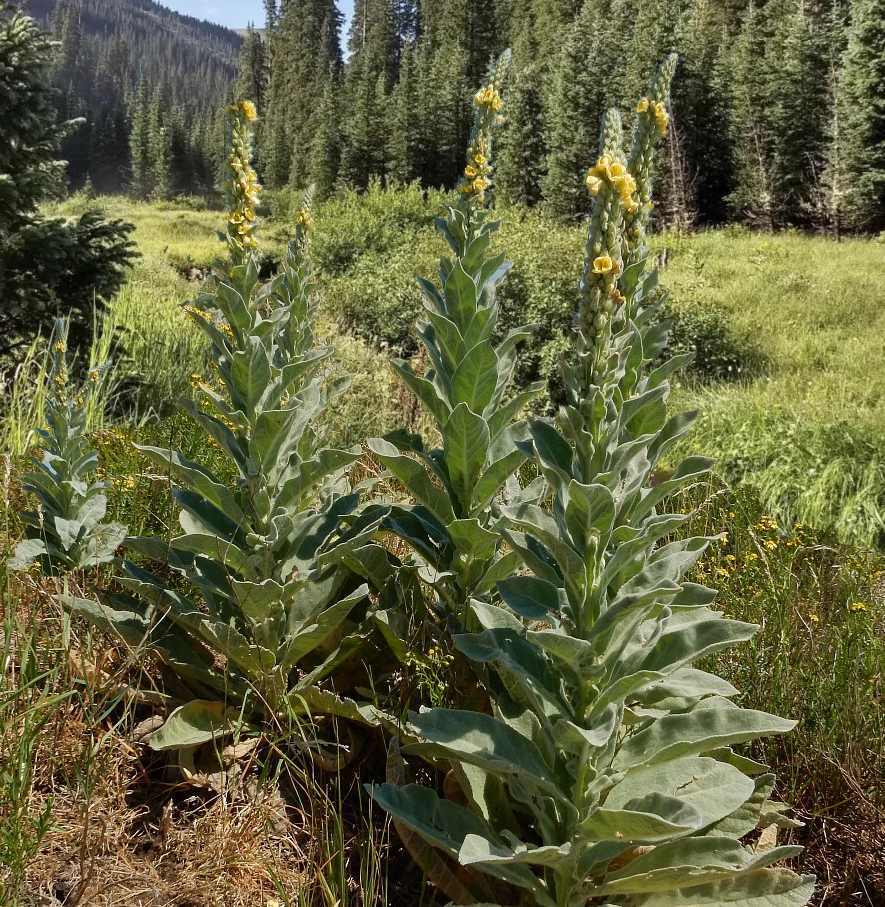
Great Mullein Precautions
While great mullein is generally considered safe for most people when used in moderation, there are some precautions to be aware of.
- Allergies: Some people may be allergic to great mullein. If you experience symptoms such as itching, swelling, or hives after using the plant, discontinue use and seek medical attention.
- Skin irritation: Great mullein contains a high concentration of mucilage, which can cause skin irritation in some people. If you experience redness, itching, or other signs of skin irritation after using the plant topically, discontinue use. In addition the leaves are covered in tiny hairs called trichomes. These hairs can cause skin irritation on both the skin and in the throat. If you are making a tea, be sure to strain out the hairs before consumption. You also may be tempted to use these soft leaves as toilet paper. Though not everybody has a reaction to these trichomes, be aware that many people (including myself) have reported extreme discomfort after using them in this fashion. My personal experience was that I could not get in the shower fast enough! You can laugh about it… I still do.
- Pregnancy and breastfeeding: There is not enough information available about the safety of great mullein during pregnancy and breastfeeding. It is best to avoid using the plant during these times unless under the guidance of a healthcare provider.
- Medication interactions: Great mullein may interact with certain medications, including blood thinners and diabetes medications. If you are taking any prescription medications, it is best to consult with a healthcare provider before using great mullein.
- Rotenone toxicity: The seeds of great mullein contain rotenone, a toxic compound that can cause vomiting, diarrhea, and other gastrointestinal symptoms if ingested in large quantities. It is important to avoid ingesting the seeds or using them in herbal preparations.
- Quality and purity: When using great mullein as a natural remedy, it is important to ensure that you are using a high-quality, pure product. Beware of harvesting Great Mullein from the sides or roads, which it tends to flourish, as toxins from vehicles will be present on the leaves and flowers. Some commercial preparations may be contaminated with pesticides or other chemicals, which can be harmful to your health. It is best to purchase products from reputable sources and to read labels carefully.
Overall, great mullein is a relatively safe and gentle herb with a long history of traditional use. However, as with any natural remedy, it is important to use caution and to seek medical advice if you have any concerns or questions.
How to prepare the flowers of Great Mullein for ear drops
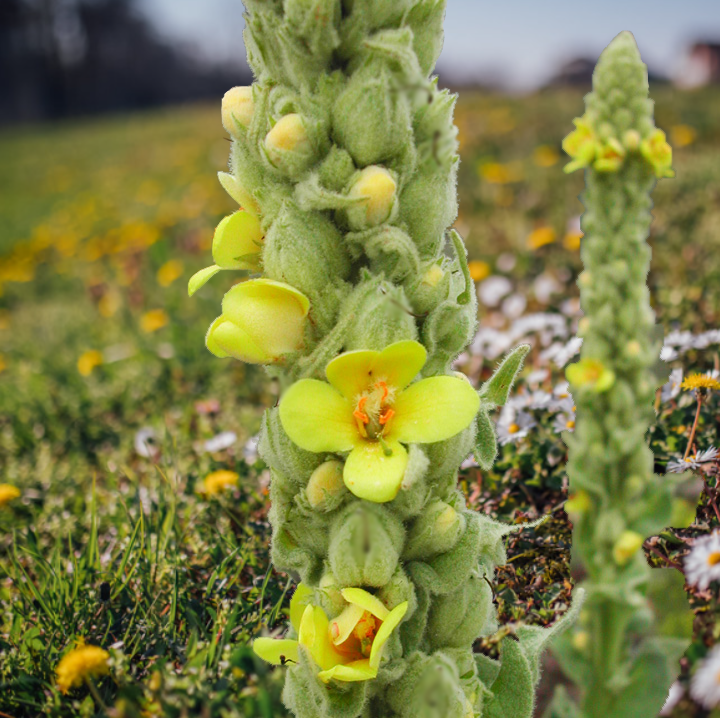
Great mullein flowers have been traditionally used to make ear drops for treating ear infections. Here is how you can prepare the flowers for making ear drops:
- Harvest the flowers: The flowers of great mullein are typically harvested when they are in full bloom, which is usually from June to September. Choose flowers that are fresh and vibrant, and avoid any flowers that look wilted or damaged.
- Dry the flowers: After harvesting the flowers, you will need to dry them. To do this, spread the flowers out on a clean, dry surface, such as a baking sheet, and allow them to air dry in a warm, dry place. You can also use a dehydrator or an oven set to a low temperature to speed up the drying process.
- Infuse the flowers in oil: Once the flowers are dry, you can infuse them in oil to make the ear drops. Choose a high-quality carrier oil, such as olive oil or almond oil, and place the dried flowers in a clean, dry jar. Cover the flowers with the oil, making sure they are completely submerged, and seal the jar tightly. Place the jar in a warm, sunny location and allow the flowers to infuse in the oil for several weeks, shaking the jar occasionally.
- Strain the oil: After several weeks, strain the oil through a cheesecloth or fine mesh strainer to remove the flowers. You can discard the flowers or save them to make another infusion.
- Add other herbs: While great mullein oil can be used alone as an ear drop, some people prefer to add other herbs to the oil for added benefits. Garlic and calendula are two herbs that are commonly added to great mullein oil for their antimicrobial and anti-inflammatory properties.
- Use the ear drops: To use the ear drops, warm the oil by placing the bottle in warm water or by holding it in your hands for a few minutes. Tilt your head to one side and place several drops of the oil into the affected ear. Keep your head tilted for a few minutes to allow the oil to penetrate the ear canal. Repeat the process in the other ear if necessary.
Use these natural remedies at your own risk. Great mullein ear drops have been traditionally used to treat ear infections, it is always best to consult with a healthcare provider before using any natural remedy, especially if you are experiencing severe or persistent symptoms.
How to use Great Mullein leaves for respiratory ailments
Great mullein leaves have long been used as a natural remedy for respiratory ailments such as coughs, bronchitis, and asthma. Here are some ways to use great mullein leaves for respiratory health:

- Tea: One of the most common ways to use great mullein leaves for respiratory health is by making a tea. My experience is that it has a pleasant flavor like a mild green tea. To make a great mullein tea, place 1-2 teaspoons of dried leaves or a handful of bruised green leaves in a tea ball, infuser or coffee filter and place it in a cup of boiling water. Steep the leaves for 10-15 minutes, then strain and drink. As mentioned earlier, it is important to strain the trichomes or tiny hairs as they can irritate your throat. You can drink as is or sweeten the tea with honey or add lemon juice for flavor.
- Inhalation: Great mullein leaves can also be used for inhalation therapy, which can help to soothe respiratory inflammation and congestion. To use great mullein leaves for inhalation therapy, place a handful of fresh or dried leaves in a pot of boiling water. Turn off the heat and drape a towel over your head, creating a tent around the pot. Inhale the steam for 10-15 minutes, taking deep breaths. Be careful not to burn yourself on the hot water.
- Smoking: Great mullein leaves can also be used as a natural smoking herb to ease respiratory ailments. To use great mullein leaves for smoking, roll the dried leaves into a cigarette or use a pipe, or simply catch a bundle of the dried leaves on fire. This method may be best used for someone suffering an asthma attack as there is very little prep time. Smoking should be avoided if you have any respiratory conditions that could be worsened by inhaling smoke.
- Poultice: Great mullein leaves can also be used topically as a poultice to ease respiratory inflammation and pain. To make a poultice, crush fresh or dried leaves and apply them directly to the affected area. Cover the poultice with a cloth or bandage and leave it on for 30-60 minutes. Repeat as needed.
Use these natural remedies at your own risk. While great mullein leaves can be used for respiratory health, it is always best to consult with a healthcare provider before using any natural remedy, especially if you are experiencing severe or persistent symptoms. Great mullein may interact with certain medications, and some people may experience allergic reactions or other adverse effects.
How is Great Mullein used as a tool
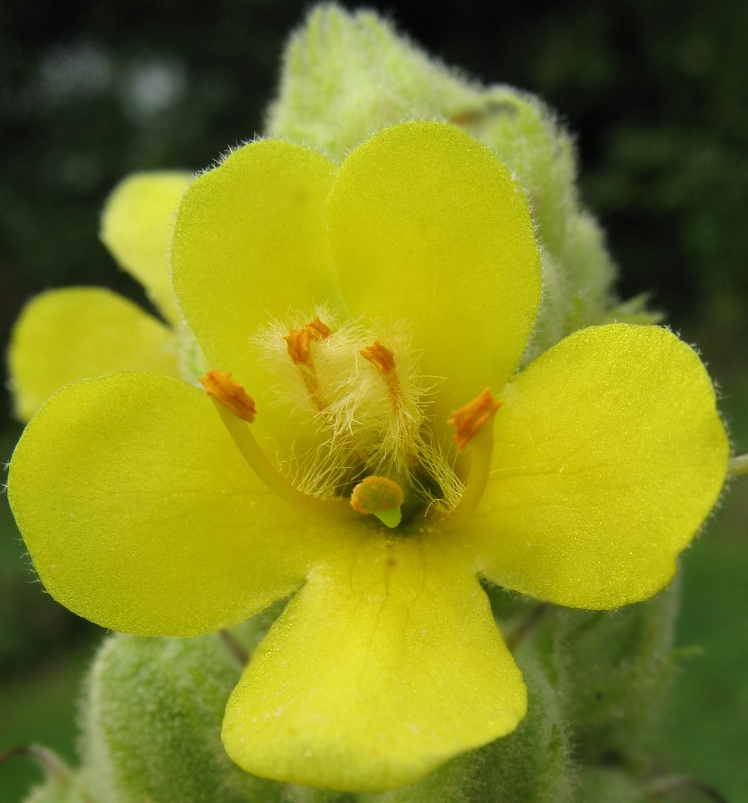
- Torch: The dried stalks of great mullein have can be used as torches due to their ability to burn slowly and steadily. The stalks can be dipped in wax or animal fat to make them more durable and to increase their burn time. Great mullein torches were used for lighting the way during outdoor activities or for lighting dark areas in the home.
- Wick: The dried stalks of great mullein have also been used as a wick for candles. The stalks were stripped of their leaves and dipped in melted wax or tallow to create a long-burning wick. Great mullein wicks were popular during colonial times in America and were often used in homes where candles were the primary source of light.
- Fishing lure: The flowers of great mullein have been used as a natural fishing lure. The flowers are placed on a hook and used to attract fish in the water. The flowers resemble small fish or insects, making them an effective lure.
- Dye: The flowers and leaves of great mullein have been used as a natural dye for fabrics. The flowers produce a yellow dye, while the leaves produce a green dye. The dye can be extracted by boiling the flowers or leaves in water and then adding fabric to the mixture.
- Friction Fire: The top of stalk that is beneath the seed portion makes an excellent hand drill to that can be used to start a friction fire. The root of the Great Mullein can be used as the fire board. I recommend harvesting the tallest stalk that you can find, carefully remove the seed pods and trim to size.
- Tinder: Though not ideal, the dried leaves or stalks of great mullein can be used as a tinder to start a fire. The leaves or stalks should be finely shredded or broken into small pieces and then placed in a pile. Surround the pile with kindling and then ignited with a spark or flame. The reason this may not be an ideal way to start a fire is explained in my article about Mastering the Fundamentals of Fire Starting.
Using Great Mullein to start a friction fire
Great mullein can be used as a hand drill and as the fire board, to start a fire using friction. Here’s how:

- Select the right materials: To use great mullein as a hand drill to start a fire, you will need a few materials from a dead plant. You will not be able to start a fire in this method using a living plant. You will need a dry piece of great mullein stalk that is about the thickness of your thumb or pinky and about 2-3 feet long. The best portion of the stalk is found underneath the seed pods. Remove the seed pods and clean up the stalk, prior to use. You will also need a dry piece of wood that is soft and lightweight, such as cottonwood root or willow. The root of the great mullein can also be used as a fire board.
- Prepare the materials: Carve the root into a flat board that can be placed on the ground without wobble. This will be the fire board. Next, take the great mullein stalk and carefully carve one end to a blunt point. This will be the hand drill. If you aren’t familiar with how a hand drill friction fire works, you can watch Matthew McFarland perform the task here.
- Start the fire: Place the fire board on the ground and hold it steady with your foot. Insert the carved end of the hand drill into the notch on the fire board. Hold the hand drill between your palms and start rolling it between your hands, using downward pressure to create friction. Continue to roll the hand drill back and forth until smoke starts to appear.
- Create an ember: Keep rolling the hand drill until the friction creates an ember in the notch on the fire board. Once you see the ember, stop and remove the drill, allowing the ember to increase its size. If there is excess wood dust on the ember pan, carefully pick it up with your fingertips and place it on top of the ember.
- Start the fire: Once the ember is glowing brightly, carefully transfer it to a pile of tinder, such as dry grass or other hair like material. Gently blow on the tinder to start the fire.
Starting a fire with a hand drill can be difficult and requires practice. I highly recommend learning and practicing this skill before you ever need to use it in a survival situation. Better yet, always bring the proper tools with you.
Invasive Species
Great mullein is an invasive species because it can outcompete native plant species and could disrupt the balance of the ecosystem.
One reason that great mullein is invasive is that it has a high seed production rate. Each plant can produce up to 180,000 seeds, which can remain viable in the soil for up to 100 years. The seeds are also easily dispersed by wind, water, and animals, which allows the plant to quickly spread and colonize new areas.
Great mullein is also well-adapted to disturbed habitats, such as roadsides and plowed fields. It can grow in a wide range of soil types and tolerates drought and poor soil conditions. This allows the plant to thrive in areas where other plants may not be able to survive.
When great mullein invades an ecosystem, it can displace native plant species, reducing biodiversity and altering the structure of the ecosystem. It can also impact wildlife by changing habitat structure and reducing food sources.
While it may be important to control the spread of this plant it is here to stay and I consider it much too valuable to eradicate. Whenever I see it, I thank it for invading our country!
Did you like these survival tips? Check out more tips and trick on our Wilderness Survival Tips page.
If you are looking for hands on training to learn more about wilderness survival and want to take months if not years off of your learning curve, I suggest you check out our 5 Day Outdoor Survival Basics 101 class!
#survivalskills #survivalgear #wildernessculture #outdooreducation #wildernesssurvival
Leave a Comment
What Nash Quinn’s Disappearance Teaches Us About Being Ready for the Backcountry
Nash Quinn vanished on a routine ride near Laramie. His story is a powerful reminder of why preparation, communication, and humility in the outdoors matter...
Recommended Gear List For Courses
Colorado is a cold weather climate most of the year and with our survival school at 9400 feet, it can get frigid at night, even…
Survival Training Near Me: Why the Best Might Be Worth the Trip
Discover why the best survival training might mean leaving the city. Explore The Survival University’s 4000+ acres and 20+ expert instructors!
Bugging In Guide Part 1: Drain Your Water Heater
Learn how to access hidden water in your home by safely draining your water heater during emergencies. A must-read for urban survival and bugging in.
Flint Knapping for Beginners: My Hilarious Failures & How to Do It Right
Flint knapping sounds easy—until you try it. Here’s my journey of frustration, flying shards, and why some people (but not me) make it look effortless.
What to Do When You Encounter a Wolf in the Wild
Wolves are neither villains nor heroes—they’re survivors. Explore their role in nature, the myths that surround them, and what we can learn from their resilience.



